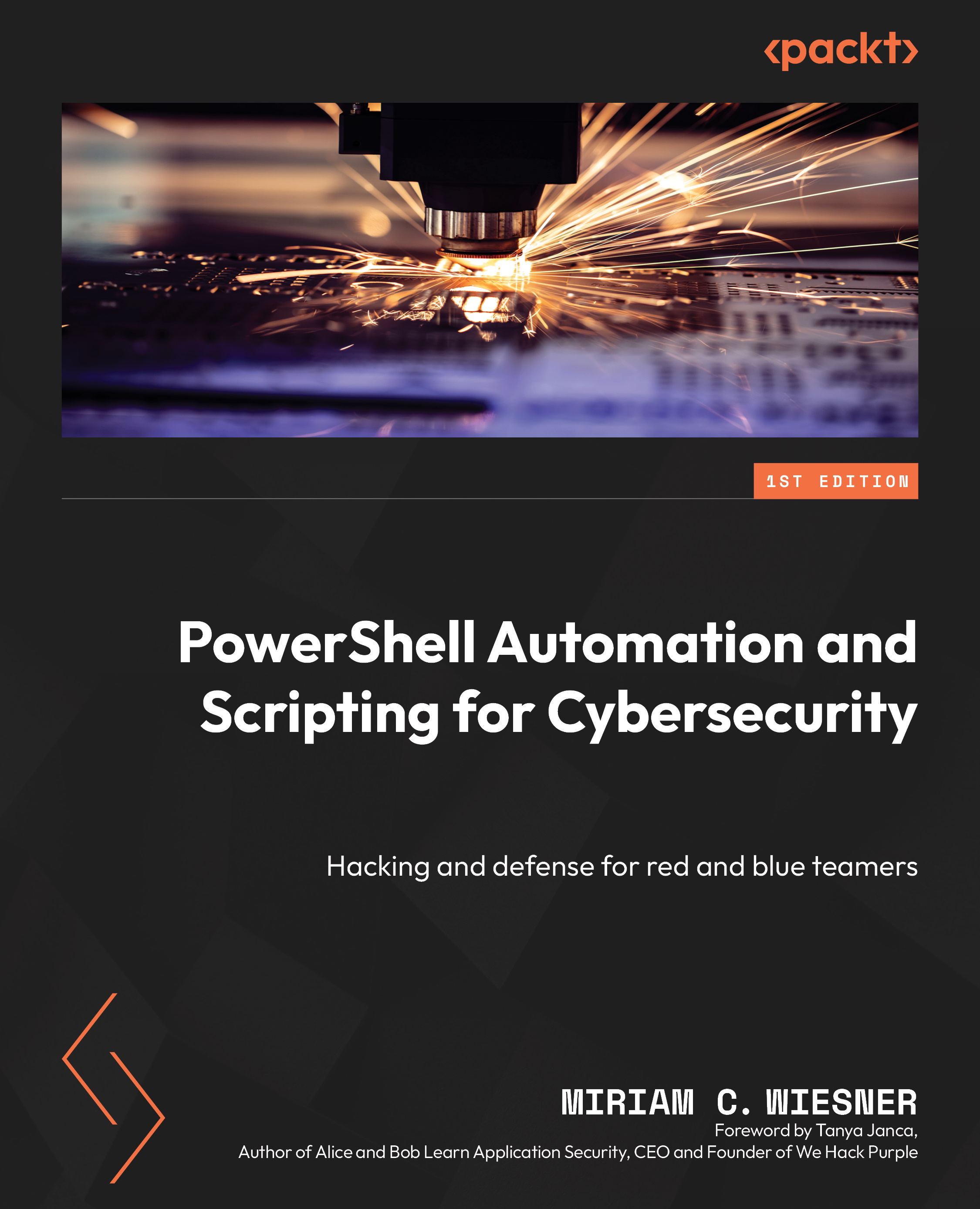Summary
In this chapter, you learned how to get started with security logging for PowerShell. You now know which event logs are of interest and which event IDs you should look for. As security monitoring is a huge topic, you have learned just the basics on how to get started and continue.
You learned how to configure PowerShell Module Logging, Script Block Logging, and PowerShell transcripts – manually and centralized for Windows PowerShell, as well as for PowerShell Core.
Another important learning point is that log events can be tampered with, and you can implement some level of protection using Protected Event Logging.
Eventually, it is best to forward your log events to a centralized SIEM system, but if that’s not possible, you also learned how to analyze events using PowerShell.
Now that you have been provided with some example scripts and code snippets, you are ready to investigate all PowerShell activity on your clients and servers.
Last but not...

































































